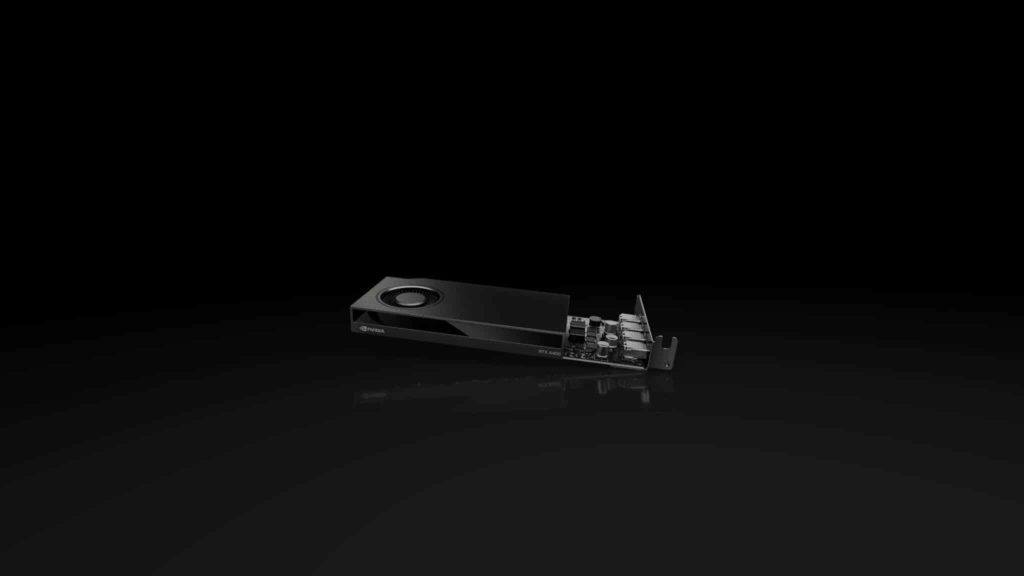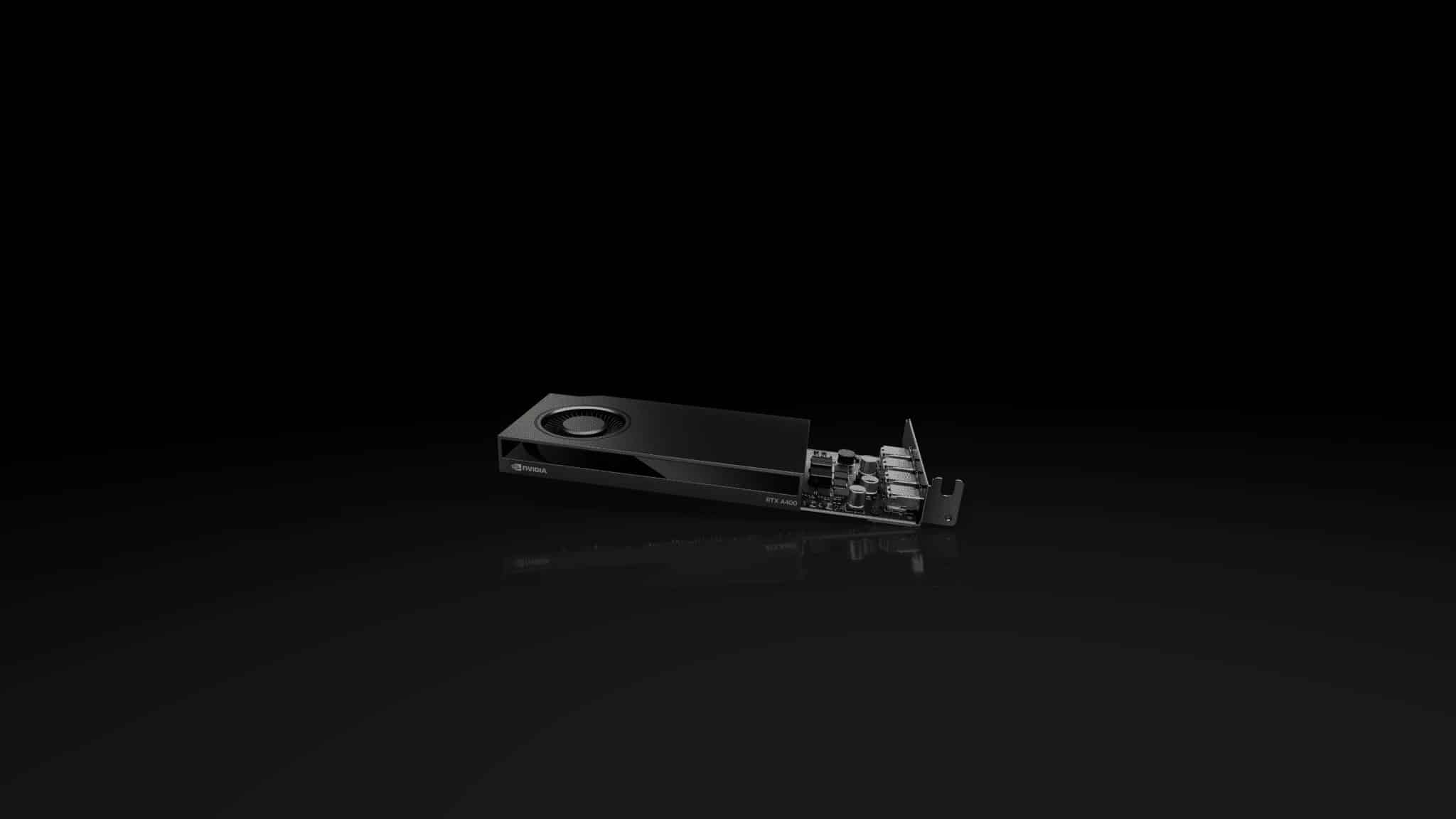Last week, NVIDIA unveiled two new additions to its professional-grade RTX GPU series: the A1000 and A400. However, these models do not carry the latest Ada Lovelace architecture, instead, it is the old friend Ampere architecture (or the GeForce RTX 30 series for you homeboys out there).
This suggests that these new releases cater to entry-level prosumers seeking specialized hardware and software support, as certain programs are optimized for non-GeForce RTX GPUs.
 Let’s do a bit of hardware sum-up. First, the A1000 boasts 72 3rd-Gen Tensor Cores and 18 2nd-Gen RT Cores, while the A400 features 24 and 6 respectively. Both models operate with a modest 50W TDP while VRAM specifications include 8GB GDDR6 for the A1000 and 4GB GDDR6 for the A400.
Let’s do a bit of hardware sum-up. First, the A1000 boasts 72 3rd-Gen Tensor Cores and 18 2nd-Gen RT Cores, while the A400 features 24 and 6 respectively. Both models operate with a modest 50W TDP while VRAM specifications include 8GB GDDR6 for the A1000 and 4GB GDDR6 for the A400.
Each unit is equipped with four DisplayPort 1.4a ports for seamless connectivity and sports a compact, single-slot design, ensuring compatibility with various system configurations. Despite their relatively low power and capability, not everyone has mega corp bucks to spend and instead, just want the bare minimum to run things like generative AI applications and adding ray tracing to CAD projects.
Availability
Partner brands like Ryoyo Electric and PNY are currently distributing their versions of the RTX A1000, while the RTX A400 is set to launch next month.






